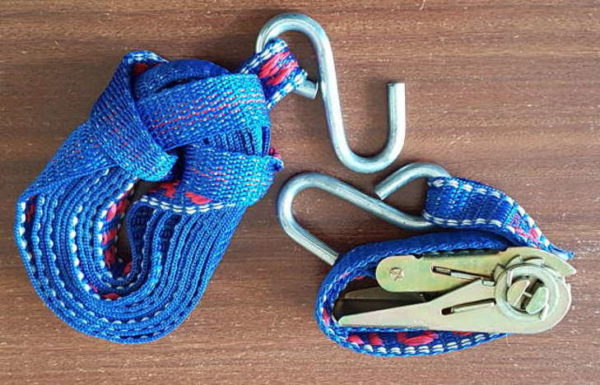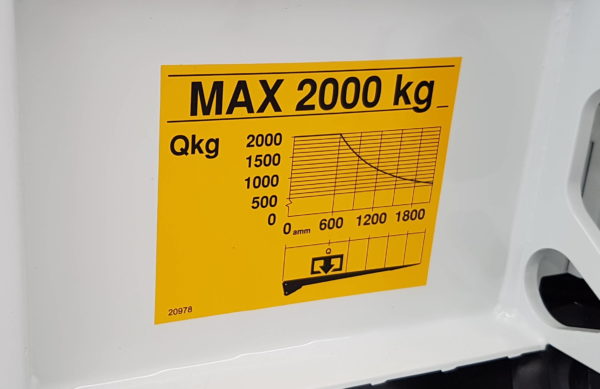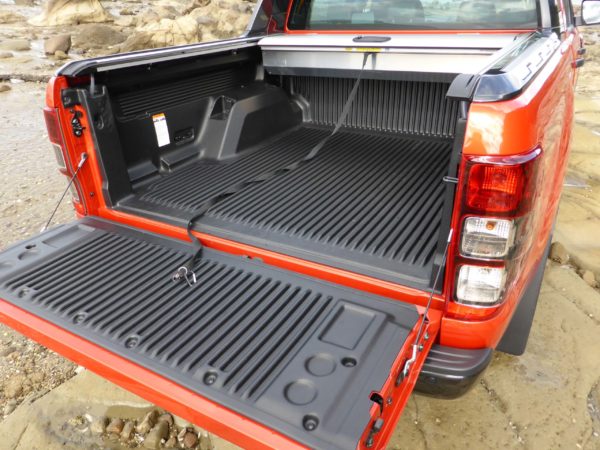It’s possible to move house yourself without having to hire a removals company. What you will need is one of more of:
- Trailer (preferably enclosed)
- Towing vehicle
- Van
- Furniture truck
It’s best if your vehicle has a roof as British weather is notoriously changeable at times and this will ensure your belongings don’t get wet.
However, if you do only have an open-top trailer or a pickup then you’ll need a tarpaulin to help with load security and to protect your gear against the wind, insects and rain. Tarps don’t provide much load security, though; they are mainly designed for weather protection and to stop loose items flying away.
Safe load balance
The weight of your vehicle and load is spread over the axles and it creates a balance which can be upset if you load too many heavy items on one side, too close to the front or behind the rear axle.
Vans and trucks
Avoid loading all your heavy items at the front as it’s possible to overload the front axle. This can cause steering problems and could overheat your tyres
Trailers
Never load heavy items behind the rear trailer axle as this makes the trailer much more likely to fishtail which could lead to a trailer jackknife that turns the towing vehicle over. Keep the heaviest items over and just in front of the axle. A heavy weight at the rear of the trailer also lifts the tow coupling, which removes weight from the rear wheels of the towing vehicle, making a jackknife more likely.
Don’t overload the front of the trailer. Only about 10% of the trailer’s weight should go through the tow coupling on the towing vehicle. Any more than that, and it starts to lift the steering wheels and make braking distances longer.
How do you restrain the load?
You’ll use a mixture of tying down with ratchet straps and blocking items between other larger items. Consumer-grade 25mm ratchet straps are ideal for this. They can be purchased from most hardware stores, they’re easy to use and they spread the load much better than ropes. Ropes are difficult to tie correctly, are affected by the weather and can bite into furniture, damaging it.

When arranging your load, put the heaviest items around the outer walls of the trailer or van. Tie them to the walls or block them with other furniture. The idea is that you want no part of the load to be able to move independently. If there are gaps, fill these with empty boxes, blankets or other items to help stop the load moving.
The centre of gravity of the load should be kept as low as possible to keep the vehicle or trailer stable in corners. Spread the load out.
How do you load items of furniture?
Firstly, you’ll want to load safely to avoid injuring yourself. A lorry or van with a taillift is the easiest as you can wheel items onto it on a trolley and have it lift you up (just be careful not to overload the taillift – check the rating plate for the total it will permit).

If your vehicle doesn’t have a taillift, a loading ramp is the next best thing, although these can become slippery in wet weather.
If you have neither, you’ll have to use your muscle to get the items on the back, then climb into the back to arrange them. Be very careful getting on and off the vehicle as it’s easy to fall and injure yourself. Using three points of contact at all times is the safest way.
If you’re using a pickup truck, it’ll most likely be a wellside type (metal sides) with a fold-down tailgate.

Keep the centre of gravity of the load below the level of the sides of the pickup otherwise you risk the items toppling out.
Driving
If you’re towing a trailer for the first time, read this article and mind your speed! If you’re driving a loaded van, it might not handle or stop as well as your regular car. Increase your following distance from the vehicle in front.
After 3 miles, stop and check the load. If anything has moved, resecure it.
